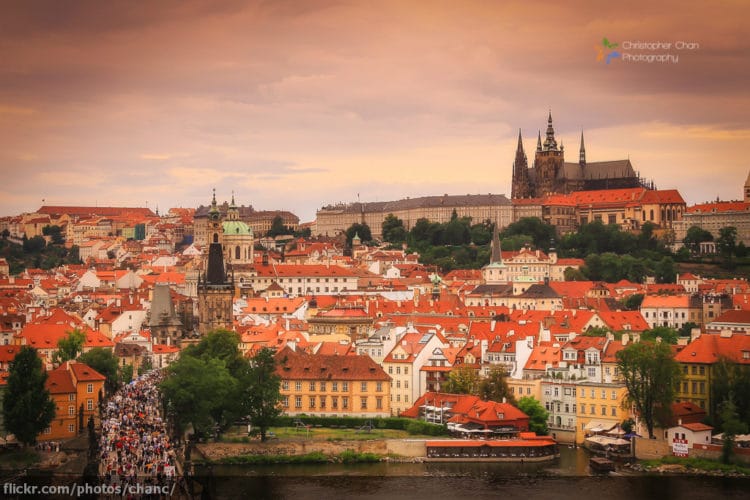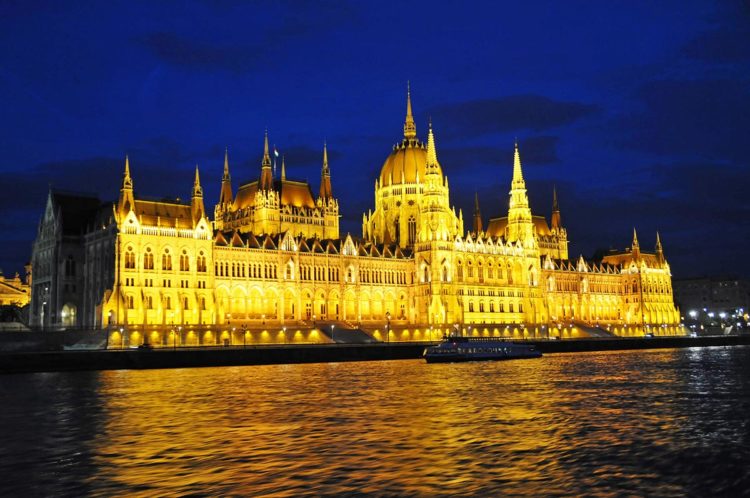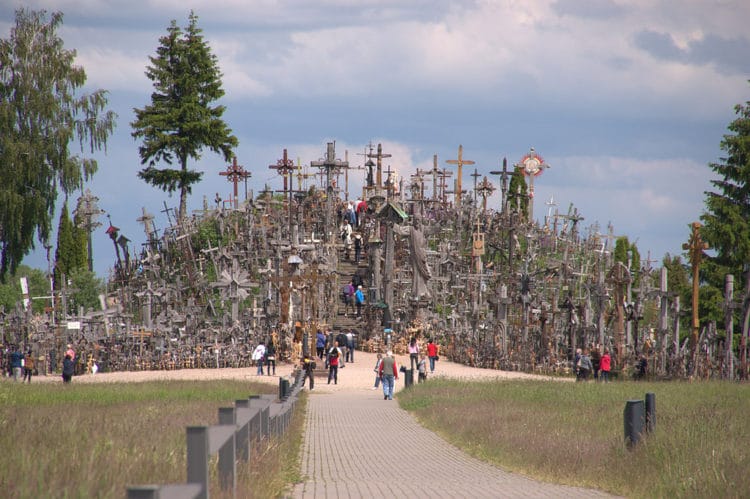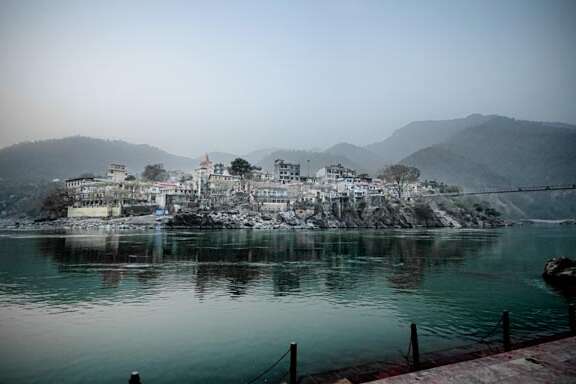A Note From Greg: Eastern Europe is one of the most enchanting places on our planet. It’s also somewhere that I’ve never been, which is why I asked my friend Stephen to write this article. Take it away, Stephen.
The world is filled with wonderful places. Some of them hide marvels of nature that you have to see to believe, others are man-made, standing witness to the incredible willpower, ingenuity, and skill of the people who built them. And there are many places that, due to their history, were off-limits for travelers for a long time.
Many of these are in Eastern Europe, in countries that were either isolated thanks to their belonging to the Communist bloc or lay beyond war-torn areas that were too risky for the taste of many potential visitors over the years. But this doesn’t make them any less marvelous and must-see.

The Palace of the Parliament, Bucharest, Romania
For decades, Romania – a country with endless marvels of nature, unique traditions, and a rich history – was crushed under the boot of its Communist leadership. But things have changed almost three decades ago, turning the country into a republic, and opening its marvels up to anyone curious to see them.
Today, the country has caught up with its Western neighbors. It has developed a lot, it has become part of the international tourist circuit, and it has one of the fastest average internet speeds in the world (as pointed out by a US politician last year) which allows its residents to browse the web, access Euro Palace mobile casino anywhere anytime, and use virtually any internet service at amazing speeds. But the country still bears the mark of its Communist past – and the Palace of the Parliament is one of the most grandiose of them all.
The “House of the Republic”, renamed “House of the People” after the 1989 revolution, and the Palace of the Parliament today is a textbook example of the megalomaniac Communist architecture. The building has an area of 3.9 million square feet, a volume of 90 million cubic feet, and weights over 4 million metric tons – almost 9 billion lbs – making it the heaviest building in the world. Besides, it holds the record for being the largest and the most expensive administrative building in the world, being evaluated at around $3.4 billion in 2008. And it is one of the costliest, too – according to Wikipedia, its heating and lighting bills exceed $6 million a year.
Tourists can visit the building and participate in guided tours. The building also houses the Romanian “National Museum of Contemporary Art” and the “Museum of the Popular Costumes” of the country.

Hungarian Parliament Building, Budapest, Hungary
The largest and tallest building in the country, the Hungarian “House of the Country”, as the locals call it, is one of its most famous landmarks. The building’s construction was started in 1895 and finished in 1904, involving over 100,000 people using 40 million bricks, half a million precious stones and 88 lbs of gold. It is built in a Gothic Revival style, with a symmetrical façade and a central dome built in a Renaissance Revival style. On the inside, the building is also symmetrical – one of its wigs is used by the country’s Parliament, the other for guided tours.
The building also houses the Holy Crown of Hungary, a symbol of power given as an offering by the Pope at the time to the king of Hungary, Stephen (later canonized as St. Stephen).

The Hill of Crosses, Šiauliai, Lithuania
The Hill of Crosses is a pilgrimage site about 12 kilometers (around 7.5 miles) north of the city of Šiauliai in Lithuania. As its name suggests, it is a hill covered in crosses – according to estimates, it had over 100,000 crosses and religious statues covering it in 2006. The origin of the tradition of leaving crosses on the Domantai hill is not known, but historians think that the first cross was erected on the hill after the 1831 Uprising.
The site became especially important during the Soviet occupation of Lithuania – a symbol of national identity and allegiance to the locals’ heritage. As you might expect, the occupants tried to erase it, attempting to bulldoze it at least twice. On September 7, 1993, Pope John Paul II visited the Hill of Crosses, declaring it a place for hope, peace, love, and sacrifice.

EXPLORE SOMEWHERE NEW
BUY A PRINT
All photos on this site are available as limited edition fine art photographic prints. Please get in touch for sizes and rates.




